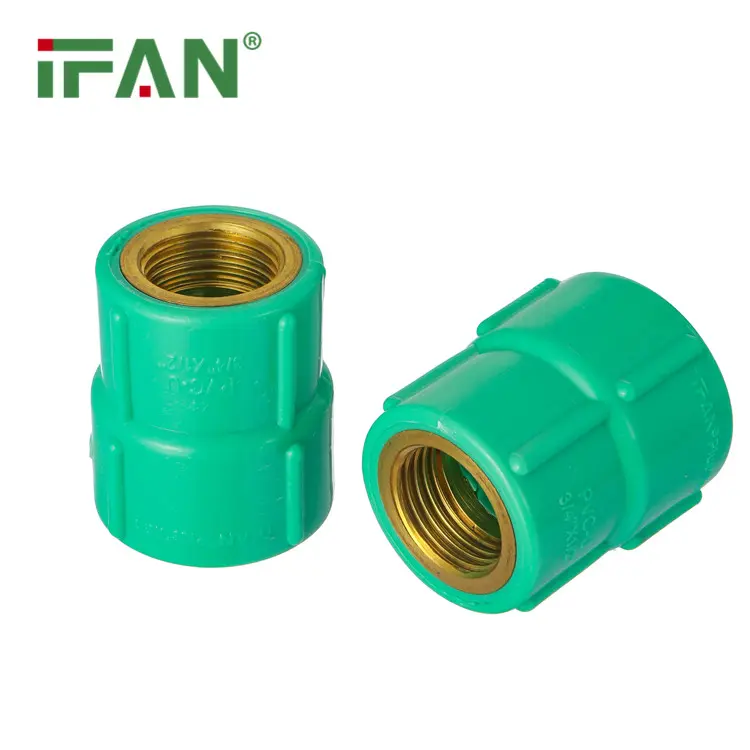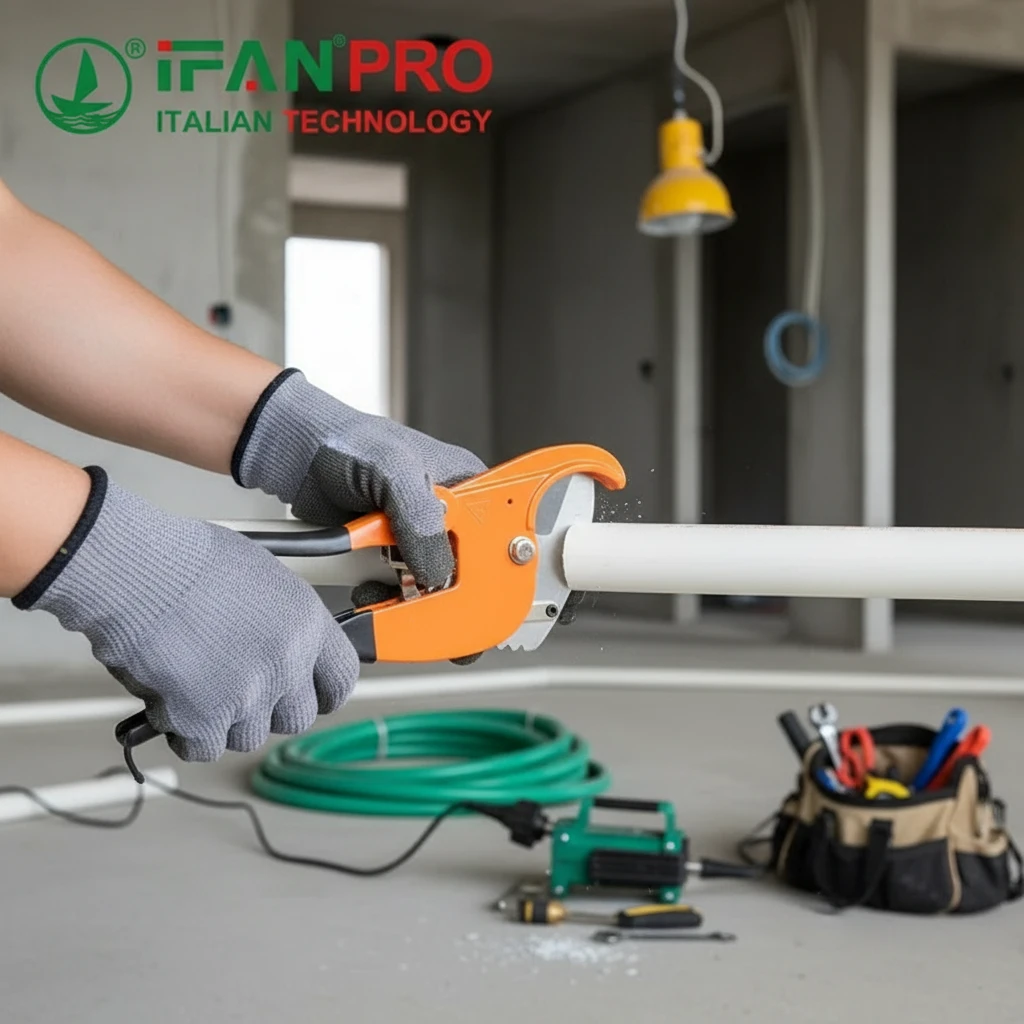If you’re working on a plumbing project and looking for durable, corrosion-resistant, and affordable pipe fittings, BST UPVC fittings socket should be at the top of your list. Whether you’re outfitting a new home, upgrading an existing system, or managing a large-scale plumbing supply operation, understanding how to correctly install UPVC fittings is essential.
In this comprehensive guide, we’ll cover everything you need to know—from types and benefits to installation and maintenance—so you can achieve a long-lasting and leak-free connection.
Understanding UPVC Plumbing Fittings
UPVC (Unplasticized Polyvinyl Chloride) fittings are rigid, durable, and ideal for cold water plumbing systems. Unlike regular PVC, UPVC does not contain plasticizers, giving it higher strength and resistance to pressure and environmental stress.
Types of UPVC Fittings
UPVC fittings are available in various configurations to meet different plumbing needs, including:
- Socket / Coupler
- Elbows (90°, 45°)
- Tee / Cross Tee
- Reducer bushings
- End caps / Plugs
- Adapters (male/female threaded)
Each serves a specific purpose in residential, commercial, or industrial water supply systems.
Advantages of UPVC Over Traditional Materials
- ✅ Corrosion Resistant: No rusting or scaling like metal pipes
- ✅ Chemical Resistance: Ideal for water with varying pH levels
- ✅ Lightweight & Easy to Transport
- ✅ Long Service Life (50+ years)
- ✅ Eco-Friendly & Lead-Free
These properties make UPVC a reliable choice for modern plumbing systems.
Selecting the Right Fittings for Residential Plumbing Supplies
When selecting UPVC fittings for a residential project, consider:
- Pipe diameter and pressure rating
- Connection type (socket or thread)
- Certifications (DIN, ISO standards for water safety)
- Installation environment (above ground or buried)
At ifanpro, we offer OEM/ODM UPVC fittings manufactured to international standards with size ranges from 20mm to 160mm and pressure classes such as PN10/PN16.
Importance of Corrosion-Resistant Connectors
Inconsistent water quality can lead to pipe degradation and leaks over time. BST UPVC sockets and fittings from ifanpro are non-reactive, ensuring:
- Long-term durability
- Low maintenance costs
- Minimal contamination risk for drinking water systems
Common Standard Pipe Fittings for Residential Use
In a typical home plumbing setup, you’ll find:
| Fitting Type | Use |
|---|---|
| Coupler | Straight pipe-to-pipe connection |
| Elbow 90° | Corner turns |
| Tee | Branch lines |
| Adapter | Connection to threaded valves or fixtures |
| Union | Disassemblable joint for maintenance |
Installation Process for BST UPVC Fittings Socket
Installing UPVC fittings is relatively simple, but precision and proper bonding are critical for leak-free performance.

Tools Required for Installation
- Pipe cutter or fine-toothed saw
- Deburring tool or file
- Clean cloth
- Primer (optional)
- UPVC solvent cement (glue)
- Measuring tape and marker
Step-by-Step Installation Guide
- Measure and Cut the pipe to the required length using a pipe cutter.
- Deburr the edges to remove sharp fragments.
- Dry-fit the pipe and BST socket to check alignment.
- Clean the surfaces to remove dust or oil.
- Apply UPVC solvent cement to both the pipe and socket.
- Insert the pipe into the socket and hold for 15–30 seconds.
- Wipe excess glue and allow curing (minimum 15 minutes for handling, 24 hours for pressure testing).
Maintenance and Care of UPVC Fittings
To ensure long service life, regular maintenance checks are advised.
Routine Checks for Water Supply Fittings
- Look for visible leaks or cracks
- Check joint tightness annually
- Ensure fittings aren’t exposed to direct sunlight without UV protection
Repairing Common Issues
- Leaking joints: Re-glue or replace fitting
- Cracks: Replace the damaged segment
- Loose threads: Use thread tape or upgrade to a new adapter
FAQs
How do I choose the right size for my fittings?
Measure the outer diameter of your UPVC pipe and match it with the nominal size of the fitting. Most fittings are available in metric (mm) standards.
What are the benefits of using UPVC fittings over PVC?
UPVC is stronger, non-toxic, and more durable than regular PVC. It’s ideal for pressurized cold water systems and complies better with health and safety standards, especially in drinking water supply lines.
Can I use UPVC fittings for hot water supply?
No. UPVC is suitable for cold water only. For hot water, use CPVC, PPR, or multilayer piping systems which can withstand higher temperatures.
Why Choose ifanpro for UPVC Fittings?
We are ifanpro, a professional pipe and fitting manufacturer in China. At ifanpro.com, we offer:
- ✅ Full range of UPVC fittings and accessories
- ✅ Customization services (color, logo, packaging)
- ✅ DIN & ISO certified products
- ✅ Wholesale & OEM support for distributors and contractors
Whether you’re sourcing for a hardware chain or a construction project, ifanpro is your trusted partner for high-quality, export-ready plumbing solutions.













Commentaires récents